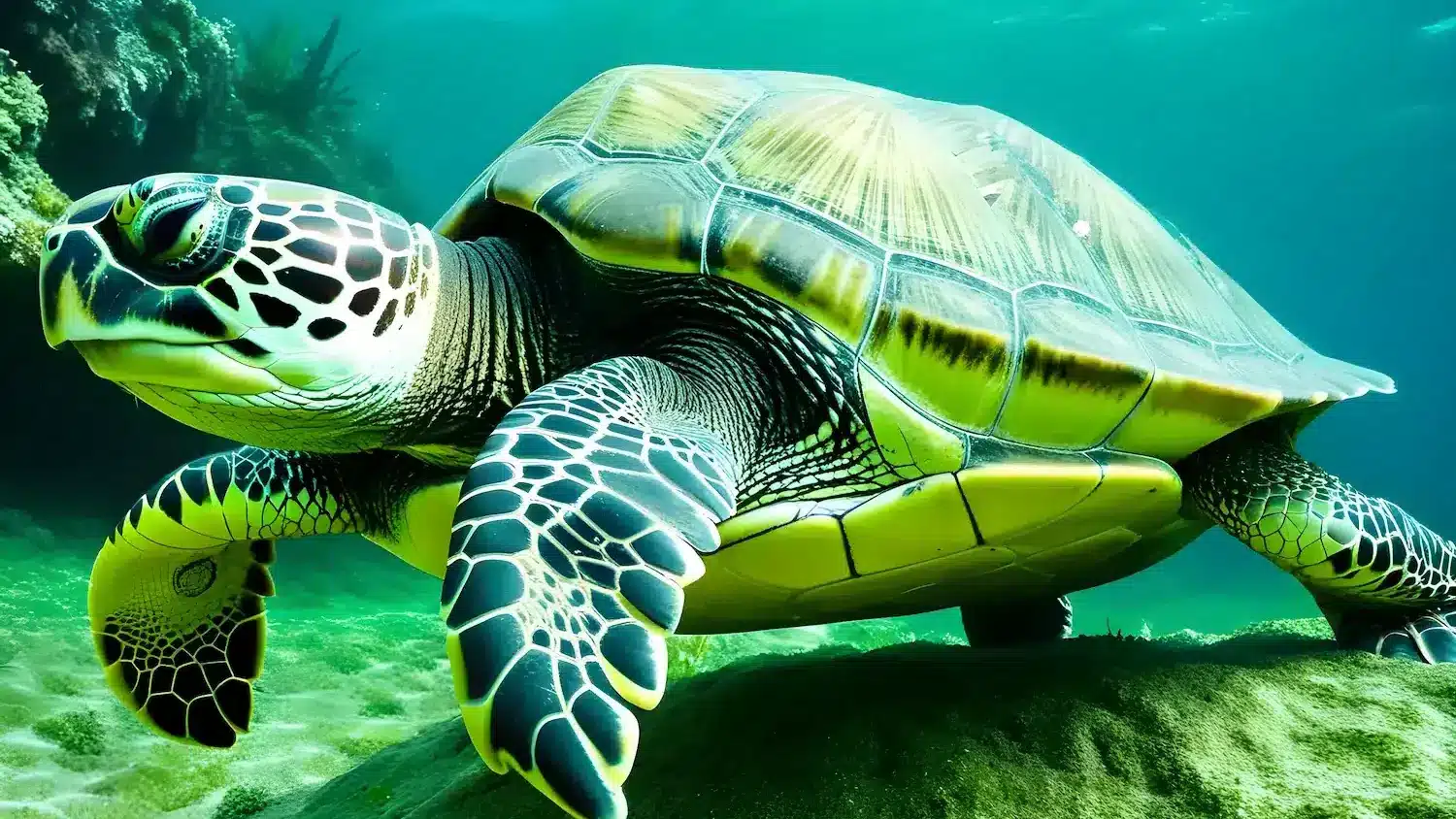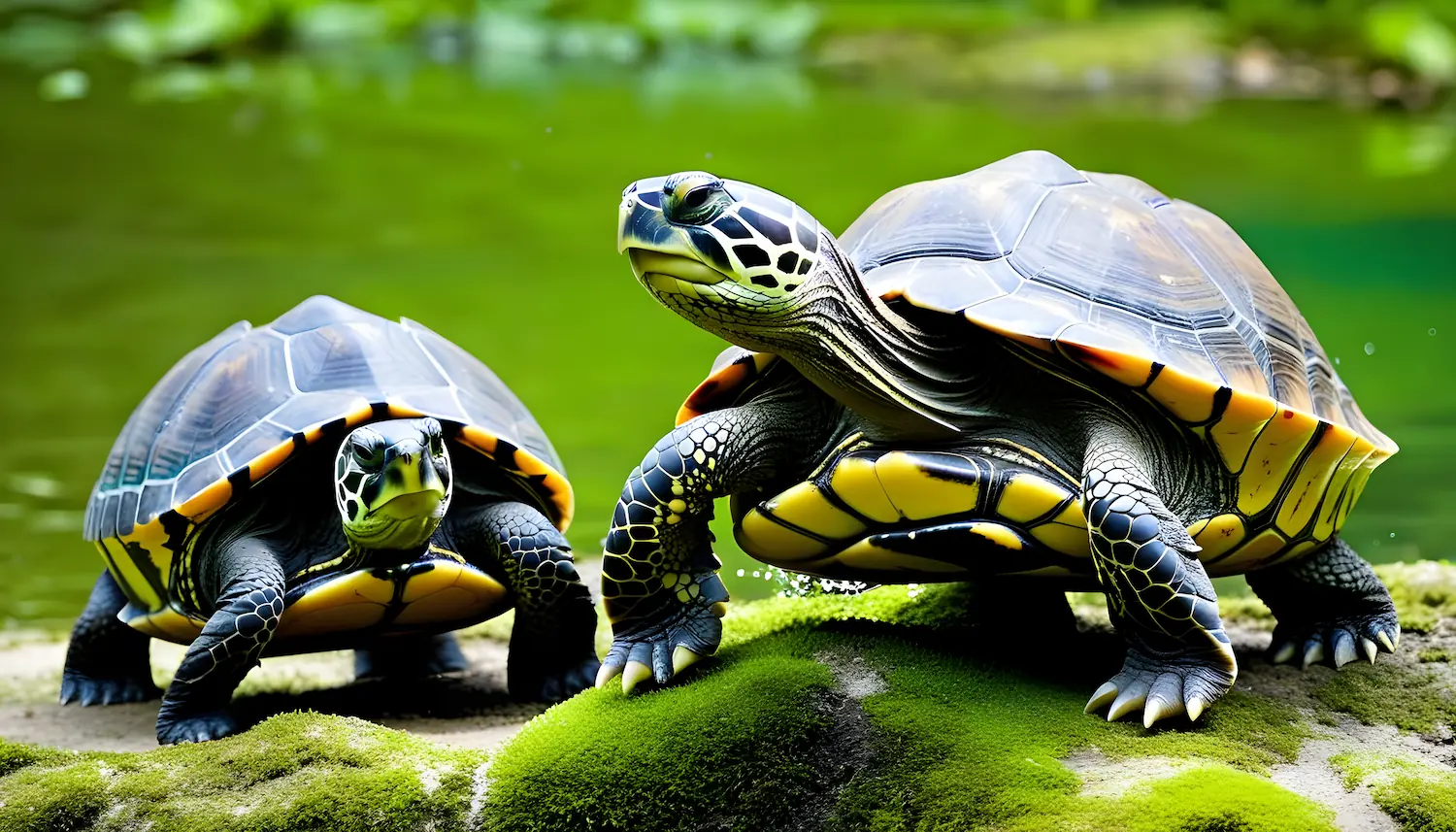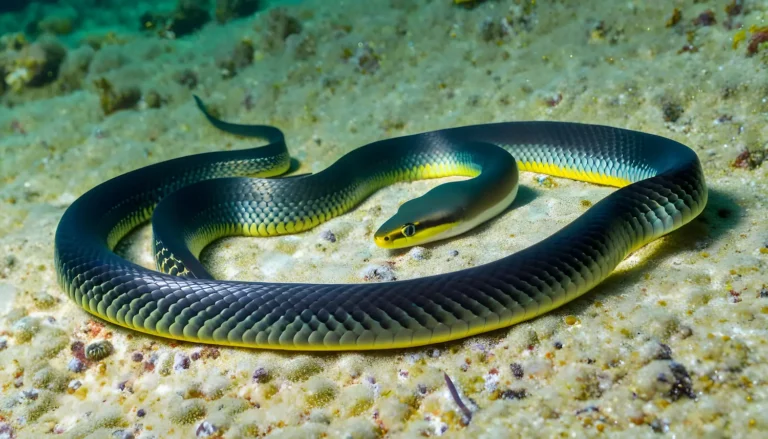The Enchanting World of Turtles
Turtles, with their slow and steady pace, have traversed the Earth for millions of years, captivating the imaginations of cultures worldwide. These ancient reptiles have an enchanting world of their own, filled with unique characteristics, diverse species, and a profound ecological impact. In this article, we will delve into the captivating universe of turtles, exploring their evolution, habitats, and the vital role they play in maintaining the balance of our planet.
I. Evolutionary Marvels: Turtles belong to the order Testudines and have a remarkable evolutionary history dating back to the time of dinosaurs. They have adapted to various environments, from terrestrial to aquatic, showcasing the incredible diversity within their ranks. The development of their distinctive shells, a fusion of their backbone and ribcage, stands as a testament to their evolutionary success.
II. Diverse Habitats: Turtles are versatile creatures, inhabiting a wide array of environments across the globe. While some species thrive in freshwater lakes and rivers, others call the oceans home. There are also those well adapted to terrestrial life, navigating forests and grasslands with ease. Each habitat shapes the physical attributes and behaviors of the turtles, contributing to their fascinating diversity.
III. Species Spotlight: The enchanting world of turtles boasts over 300 recognized species, each with its own unique characteristics and charm. From the small and colorful painted turtles to the massive and majestic leatherback sea turtles, these creatures come in various shapes and sizes. Exploring the distinct features of different turtle species unveils the richness of their existence.

IV. Ecological Significance: Turtles play a crucial role in maintaining the ecological balance of their respective habitats. For example, freshwater turtles help control insect populations, acting as natural pest controllers. Sea turtles contribute to the health of marine ecosystems by regulating jellyfish populations. Their eggs provide sustenance for predators, contributing to the intricate web of life in their environments.
V. Conservation Challenges: Despite their resilience and adaptability, turtles face numerous threats in the modern world. Habitat destruction, pollution, climate change, and poaching pose significant challenges to their survival. Conservation efforts are crucial to protect these enchanting creatures and ensure their continued existence for future generations.
VI. Cultural Symbolism: Turtles hold special significance in various cultures around the world. In some Native American traditions, the turtle symbolizes Mother Earth and longevity. In Hindu mythology, the turtle is associated with the cosmic churning of the ocean. Exploring the cultural symbolism of turtles adds an extra layer of fascination to their already enchanting world.
VII. Remarkable Adaptations: Turtles exhibit a range of remarkable adaptations that have allowed them to thrive in various environments. Some species, like the desert-dwelling tortoises, have evolved to withstand extreme temperatures and scarcity of water, while others, such as aquatic turtles, have streamlined bodies and webbed feet for efficient swimming. The diversity of their adaptations showcases the ingenuity of nature in shaping these creatures over millions of years.
VIII. Mysterious Migrations: Certain turtle species undertake astonishing migrations that span thousands of miles. For instance, the loggerhead sea turtle embarks on transoceanic journeys, crossing entire ocean basins to return to their nesting beaches. The mystery and awe surrounding these migrations add an extra layer of intrigue to the enchanting world of turtles, highlighting their resilience and navigational prowess.
IX. Unique Reproductive Strategies: Turtles employ a variety of reproductive strategies, with some species exhibiting fascinating behaviors during nesting and hatching. Female sea turtles, for example, return to the same beaches where they were born to lay their eggs, relying on the Earth’s magnetic field for navigation. The sight of hatchlings making their way to the ocean is a poignant and mesmerizing spectacle that speaks to the circle of life in the turtle realm.
X. Scientific Research and Conservation Initiatives: The enchanting world of turtles has become a focal point for scientific research and conservation initiatives. Researchers study their behaviors, migratory patterns, and reproductive biology to gain insights into broader ecological processes. Conservation programs focus on protecting critical nesting sites, establishing marine protected areas, and addressing the threats faced by these ancient reptiles.
XI. Human-Turtle Coexistence: As human activities continue to impact natural ecosystems, finding ways to coexist with turtles becomes imperative. Responsible tourism, sustainable fishing practices, and community-based conservation efforts play pivotal roles in ensuring that humans and turtles can share the same spaces harmoniously. Education and awareness programs are essential to foster a sense of responsibility and appreciation for these captivating creatures.
XII. The Role of Technology: In the modern era, technology has become a valuable ally in turtle conservation. Satellite tracking devices, underwater cameras, and genetic analysis tools contribute to a deeper understanding of turtle behavior and aid conservation efforts. Innovations in technology provide new avenues for researchers and conservationists to monitor and protect turtle populations effectively.


